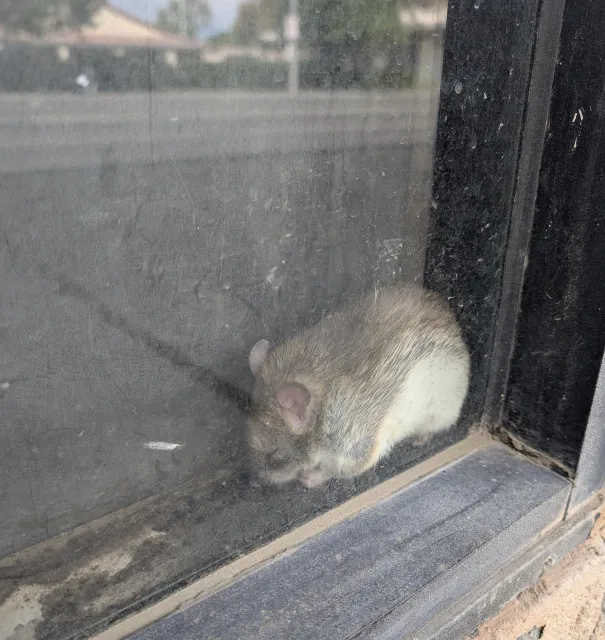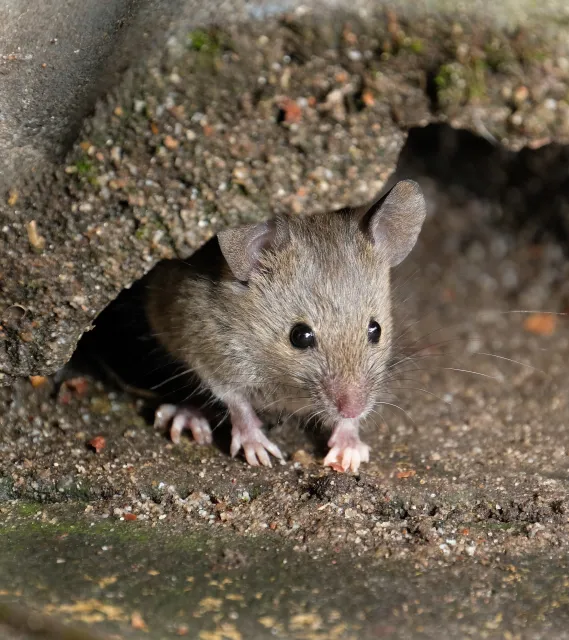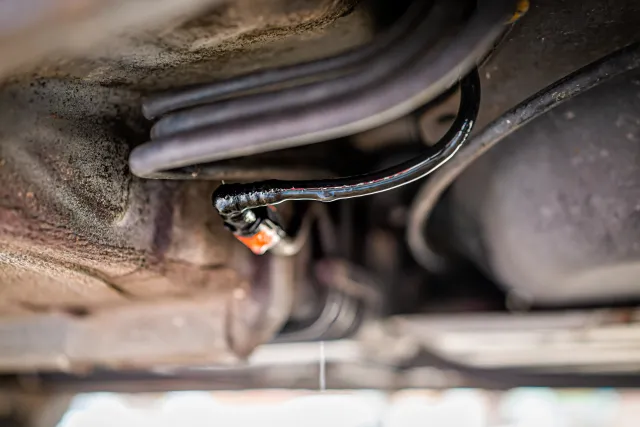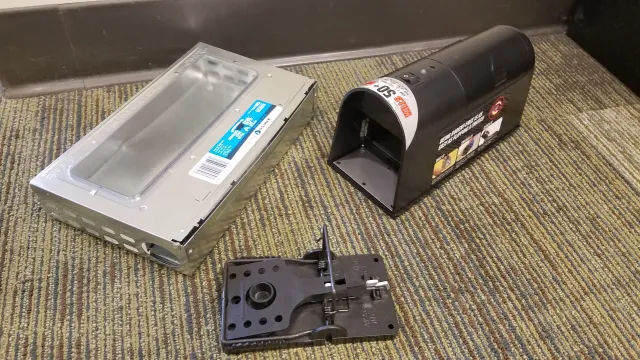Let’s be real—California's rodent issue is extensive. In some areas, it may seem like an infinite sea of rats and mice. Commensal rodents, those that live among and benefit from association with humans, significantly affect public health, environmental sustainability, and urban infrastructure.
While eliminating their presence may be unrealistic, it is possible to defend homes and structures against commensal rodent infestations. Integrated pest management (IPM) helps manage rodents while minimizing environmental and health impacts. IPM focuses on prevention, monitoring, and targeted interventions. This makes it a more sustainable approach.

The Challenge of Urban Rodents in California
California's urban centers provide ideal habitats for rats and mice due to abundant food, water, and shelter. The most common rodent pests in homes and structures are the Norway rat (Rattus norvegicus), the roof rat (Rattus rattus), and the house mouse (Mus musculus).

- Public Health Hazards. Rats and mice are vectors of diseases such as leptospirosis, salmonella, and lymphocytic choriomeningitis (LCM). LCM is of particular concern to pregnant women. Rats and mice can also contribute to allergen exposure in urban populations. Exposure to mouse urinary proteins has been linked to early onset of asthma in sensitized children.
- Environmental Damage. It is well known that rats and mice can cause entire island ecosystems to collapse, but little is known about the damage that rats and mice cause in the urban environment. Urban rats and mice may cause significant harm to urban ecosystems by preying on native birds, their eggs, and native plants, and by disrupting food webs.
- Infrastructure Risks. Rats and mice gnaw on electrical wiring, pipes, and structural materials, leading to costly repairs and fire hazards. This can also include costly damage to vehicles.

Principles of Urban Rat and Mouse IPM
Integrated pest management is a holistic approach that emphasizes long-term prevention and sustainable control measures.
The key principles include:
Inspection and Monitoring. Regularly check for signs of rodent activity, including droppings, gnaw marks, burrows, and tracks.
Structural Exclusion. Rats can squeeze through openings as small as a quarter. If a pen fits under a door, a mouse can enlarge the gap to enter. Sealing cracks, installing door sweeps that exclude pests (not weather strips), and covering vents with metal mesh are crucial. Property owners should secure plumbing and utility lines. It is not advised to mix dissimilar metals (e.g. copper and galvanized steel) when sealing holes to prevent corrosion or damage.
Sanitation and Waste Management. Effective waste management is essential in urban areas with abundant food waste. Municipalities and businesses must use secure, rat-proof containers and ensure consistent collection schedules. Urban residents should ensure that their trash is placed in a secure container and limit any access to food waste for rats.
Vegetation Management. Although vegetation management is often considered a vital part of rodent IPM, research shows rats stay near their nests. Removing nest sites is more effective, but trimming trees and shrubs can reduce shelter for pests.
Mechanical Control: When it is feasible and if used correctly, traps can be an effective form of control. Traps can have unintended consequences if used incorrectly outside. Traps can be placed in bait stations or other trap boxes that can help minimize non target mortalities. Snap traps, live traps, and electrocution traps can be placed strategically in high-activity areas. Regular monitoring ensures effectiveness and humane removal of trapped rodents. Euthanasia for live-trapped rodents should be conducted under AVMA guidelines and recommendations.
Use of Rodenticides: Apply chemical controls, when necessary, using products according to the label. Bait stations should be tamper-resistant and strategically placed to reduce risks to children, pets, and wildlife. California has a moratorium on anticoagulant rodenticides, restricting their use in urban areas. Bromethalin and cholecalciferol are acute rodenticides that are currently available for residents to use for rat and mouse control.

Legislation Impacting Rodent Management in California
California has been at the forefront of legislation related to rodent management. Two key pieces of legislation include:
- AB 1788: The California Ecosystems Protection Act of 2020. This law restricts the use of second-generation anticoagulant rodenticides (SGARs) due to their documented detection in wildlife, including predatory birds and mammals. Under AB 1788, SGARs are prohibited in most non-agricultural settings, with exceptions for public health emergencies and essential infrastructure protection. This legislation has increased reliance on IPM principles.
- AB 1332 and 2552: The Poison-free Wildlife Act. These laws further limit the use of all anticoagulant rodenticides to a handful of situations.
Legislation like AB 1788, AB 1332, and AB 2552 underscores the need to balance public health concerns with environmental protection. Developing and deploying innovative management solutions will be critical for future rodent management efforts.
Innovations in Urban Rat IPM
Emerging technologies and research can make IPM more effective. Examples include:
- Smart Traps: Bluetooth and wirelessly-enabled traps that provide real-time data on rodent activity, allowing for more precise and efficient control efforts.
- Fertility Control: The use of contraceptive baits to reduce rodent populations over time without relying on lethal methods.
Urban rodent IPM in California can proactively and sustainably address one of the state’s persistent urban challenges. It is important to understand that rats and mice are everywhere and need to be consistently managed. Current legislation is intended to minimize the environmental impacts of rodenticides while ensuring public health and safety. As urbanization continues, adopting and enhancing IPM strategies will be essential to maintaining healthier, more sustainable communities in California.

—Niamh Quinn,
UC Cooperative Extension, San Diego, Orange,
and Los Angeles Counties,
[Originally featured in the Fall 2025 edition of the Home and Garden Pest Newsletter.]

